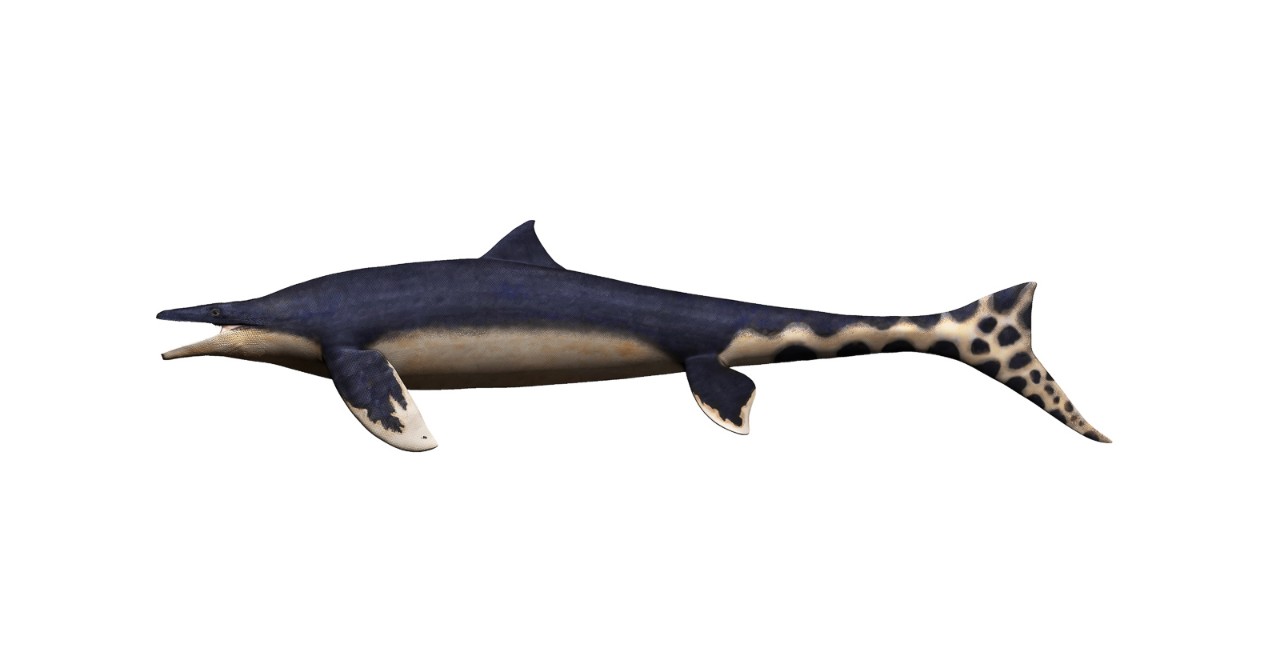
Popular Science: This 'blue dragon' sliced through ancient Pacific
UC College of Arts and Sciences paleontologist describes a mosasaur found in Japan
Popular Science highlighted a study by the University of Cincinnati describing a mosasaur new to science discovered in Japan.
The Wakayama Soryu or “blue dragon” hunted waters off what is now Japan, according to the paper published in the Journal of Systematic Palaeontology.
The mosasaur was the size of a great white shark. But it had unusual features for mosasaurs, including a relatively shorter set of jaws, longer flippers and a dorsal fin based on the orientation of neural spines that resemble those of harbor porpoises.
“It’s still hypothetical and speculative to some extent, but that distinct change in neural spine orientation behind a presumed center of gravity is consistent with today’s toothed whales that have dorsal fins, like dolphins and porpoises,” Konishi said.
Read the Popular Science story.
Featured image at top: University of Cincinnati Associate Professor Takuya Konishi describes a mosasaur from Japan called the Wakayama Soryu. Illustration/Takumi
Related Stories
News Cincinnati loved in 2025
January 2, 2026
The story of prohibition bootlegger George Remus was among WLWT's favorite segments in 2025. UC Law Professor Christopher Bryant spoke with journalist Lindsay Stone about Remus using a temporary insanity defense during a murder trial.
What to know about this year’s big tax changes
January 2, 2026
Local 12 reported that taxpayers can expect some major changes this tax season. Gary Friedhoff, adjunct instructor at the University of Cincinnati’s Carl H. Lindner College of Business, recently spoke to Local 12 about how to avoid surprises.
Study finds police officers face higher long-term health risks
January 2, 2026
J.C. Barnes, a University of Cincinnati professor, is interviewed by Spectrum News about new research showing that the physical and psychological demands of law enforcement can contribute to earlier deaths.
